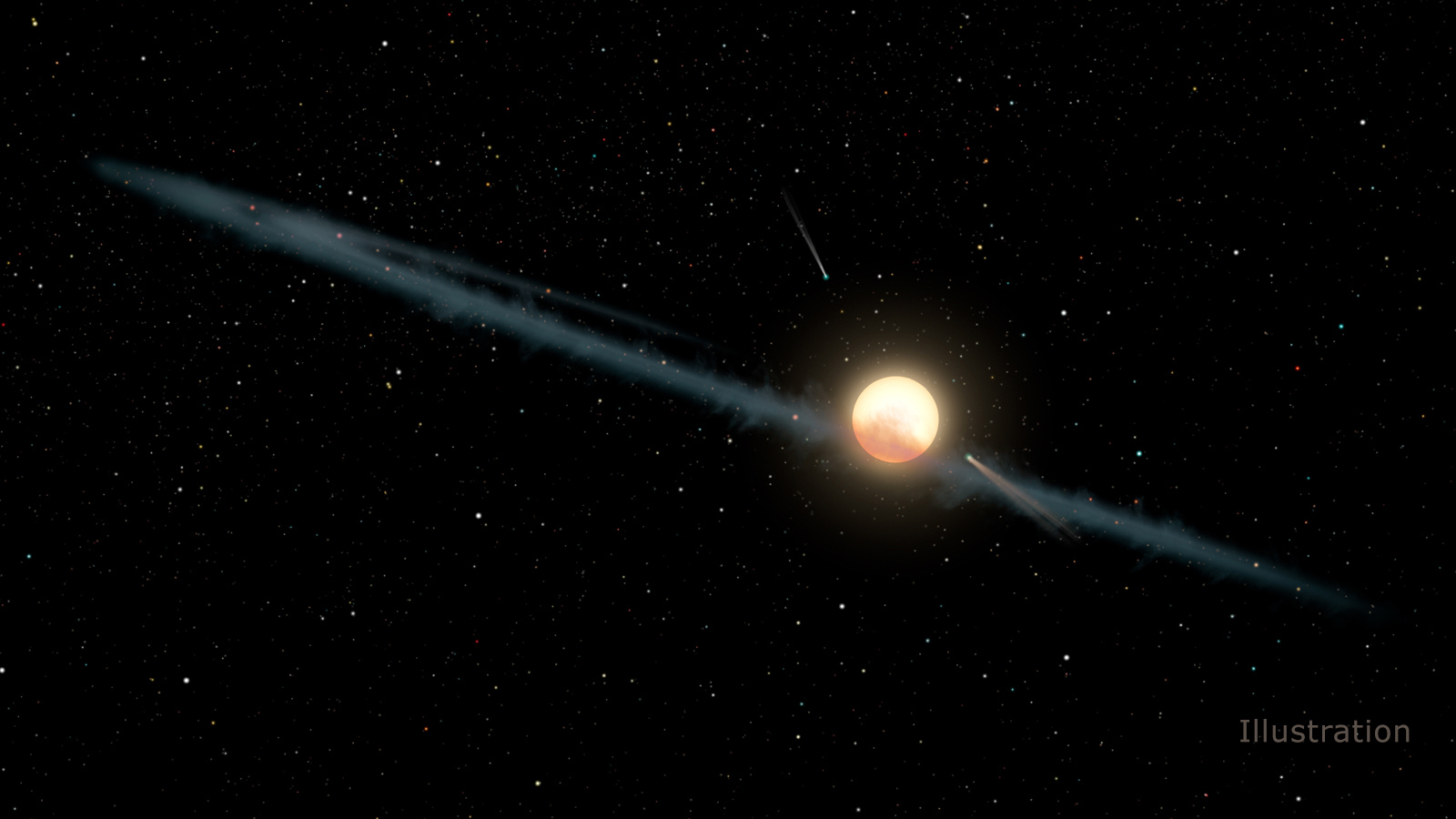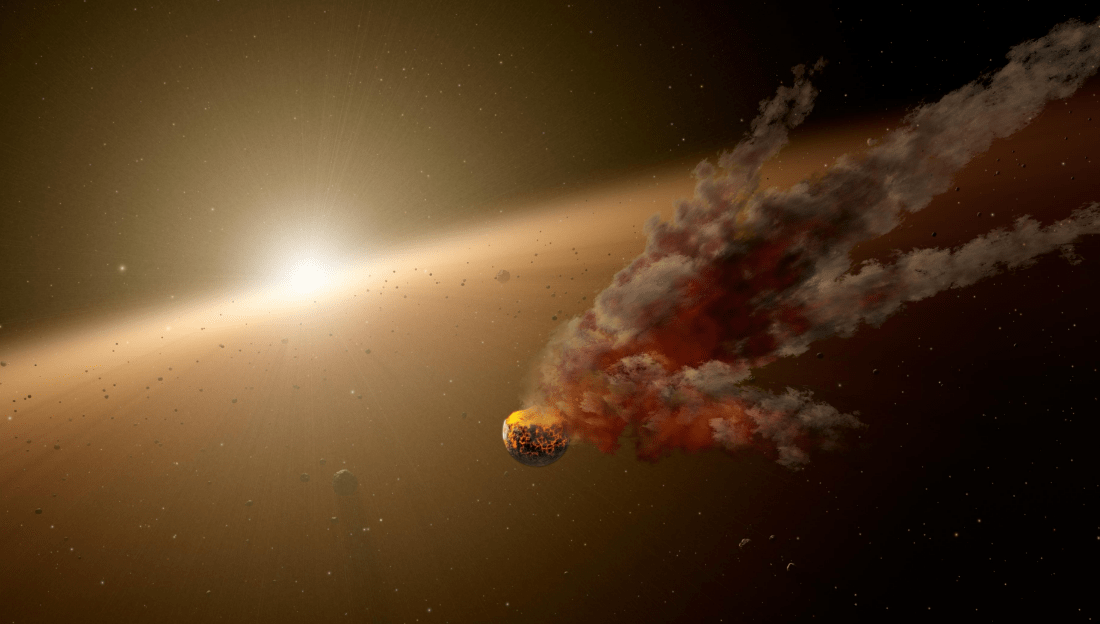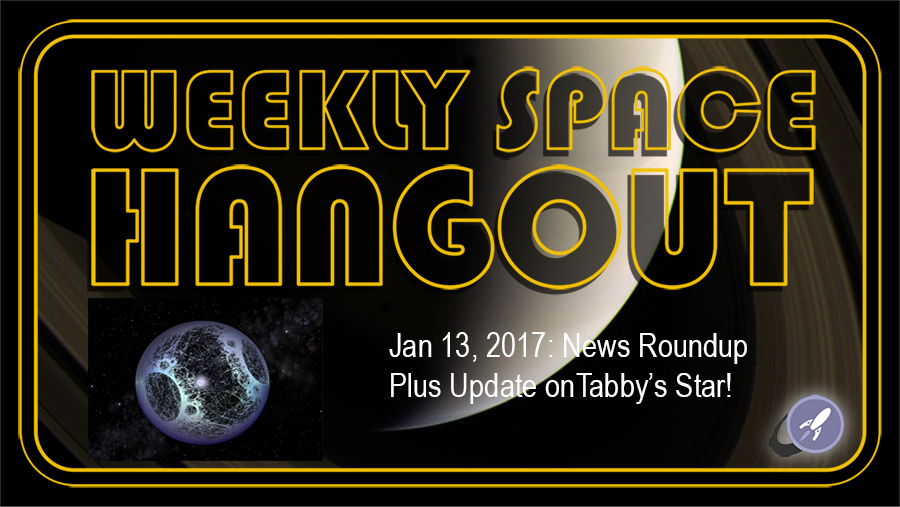In September of 2015, the star KIC 8462852 (aka. Tabby’s Star) captured the world’s attention when it was found to be experiencing a mysterious drop in brightness. In the years since then, multiple studies have been conducted that have tried to offer a natural explanation for this behavior – and even an unnatural one (i.e. the “alien megastructure” theory). At the same time, multiple observatories have been tracking the star regularly for further dimming.
Well, it seems that Tabby’s Star is at it again! On Friday, March 16th, Tabetha Boyajian (the astronomer who was responsible for discovering the star’s variations in flux) and her colleagues reported that the star was dimming yet again. As they indicated recently their blog – Where’s the Flux? – the star experienced its greatest dip since it was observed by the Kepler mission in 2013.





